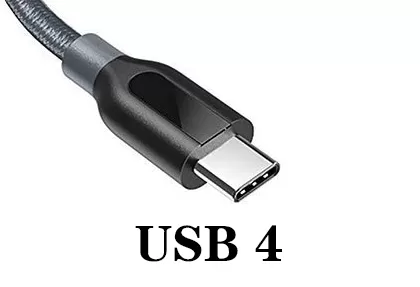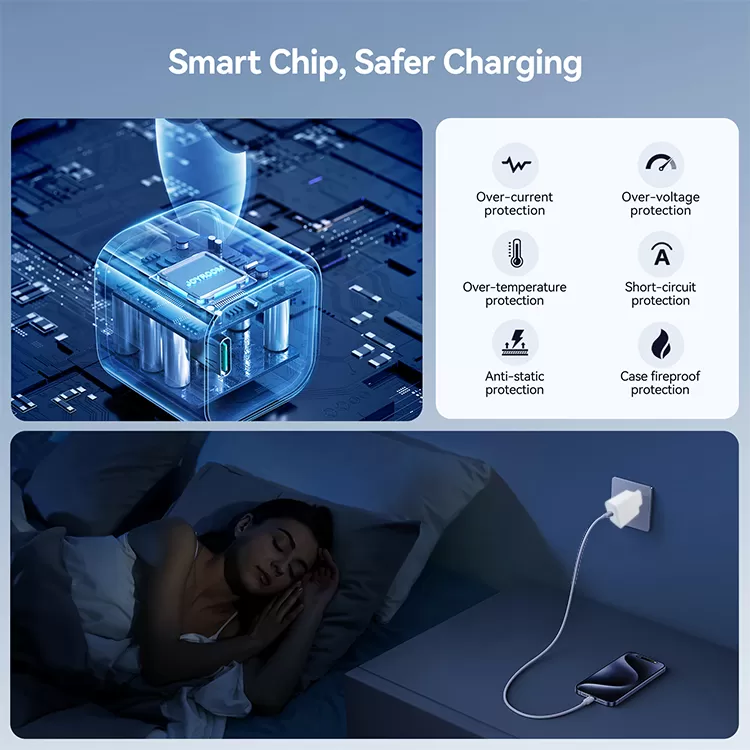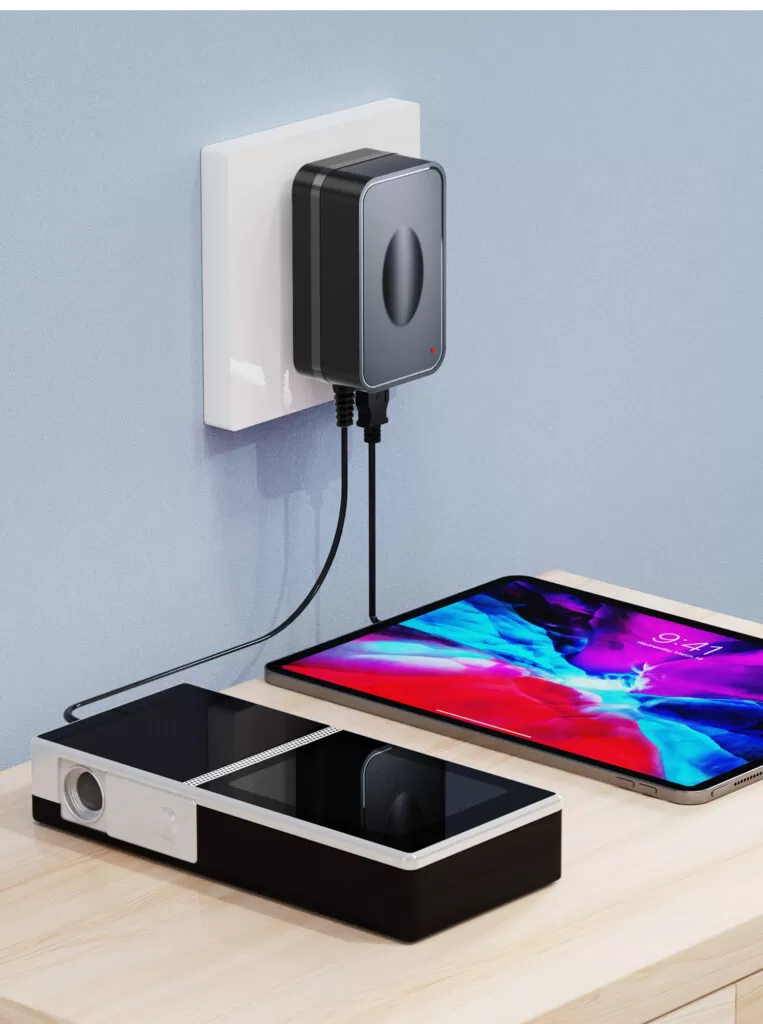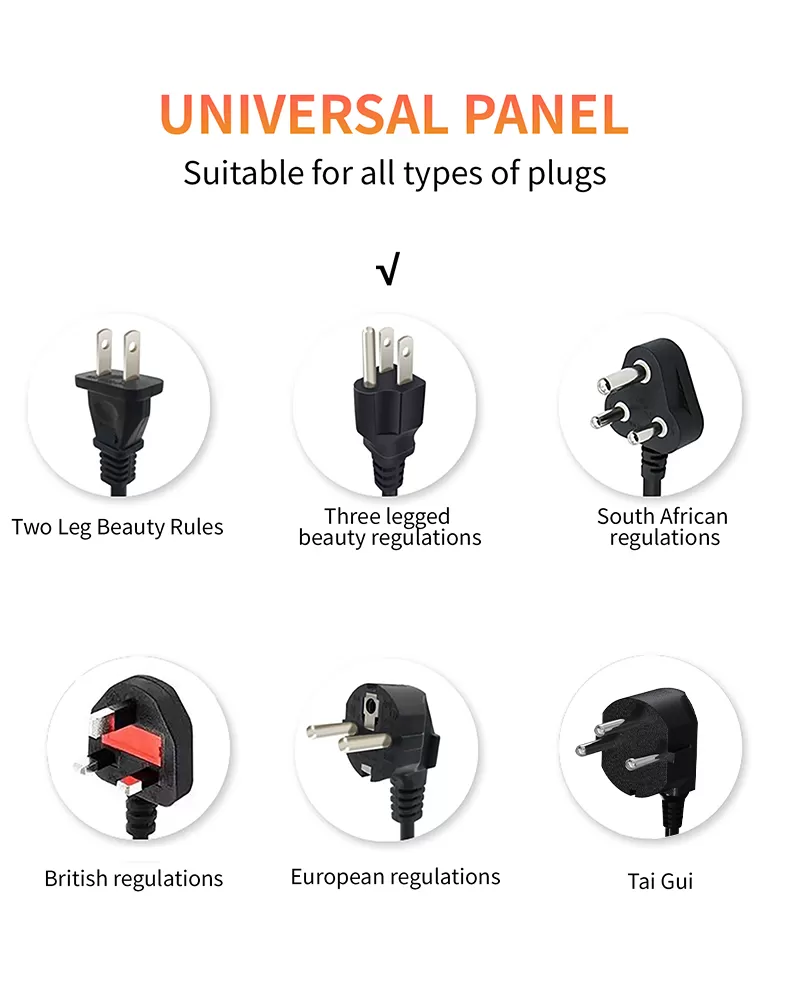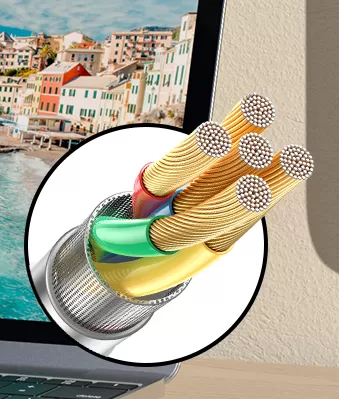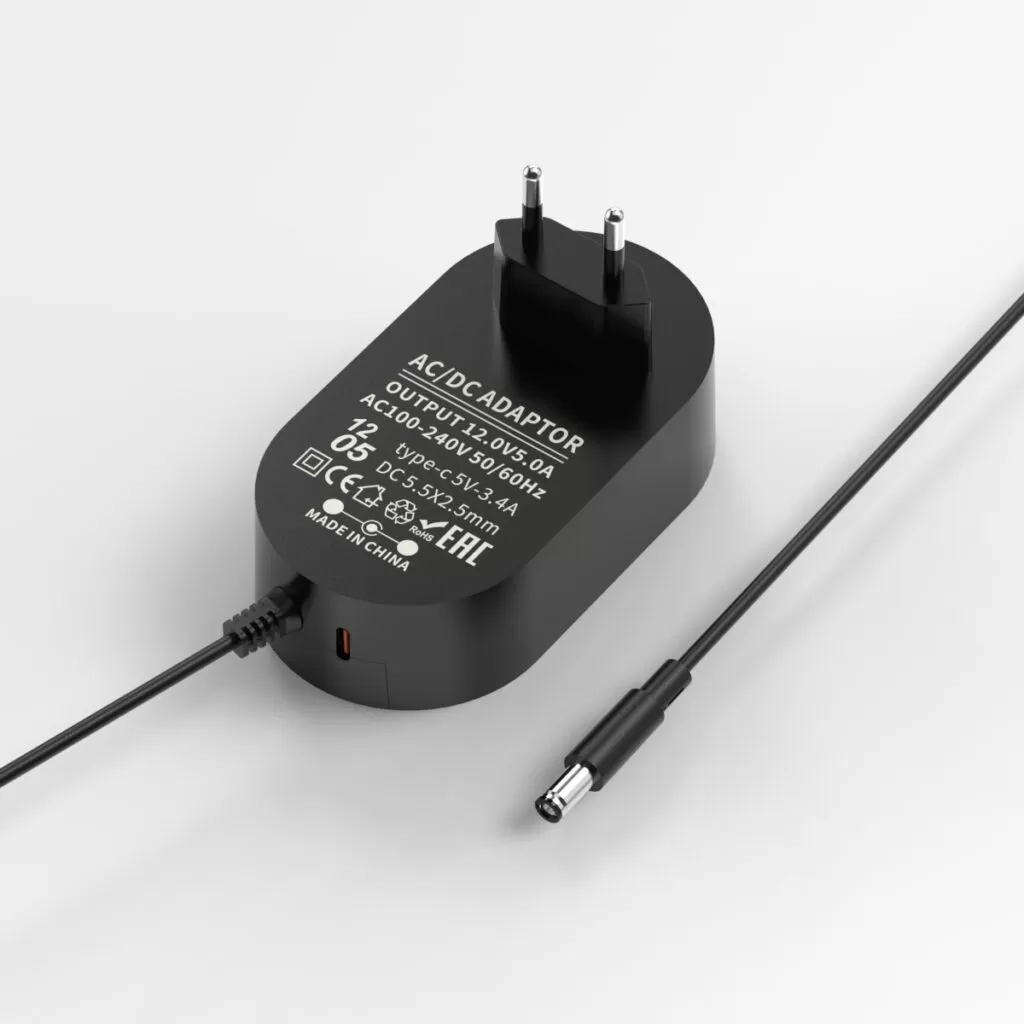Why Are GaN Chargers Smaller and More Powerful?
1. Material Revolution: GaN vs. Traditional Silicon (Si) Electron Mobility: GaN’s electron mobility is 20x higher than silicon, enabling faster current flow and lower energy loss.Breakdown Voltage: GaN withstands up to 3.4 MV/cm (vs. 0.3 MV/cm for silicon), allowing higher power density.Thermal Conductivity: GaN dissipates heat 30% more efficiently than silicon at the same power level. 2. High-Frequency Switching: The Key to Compact Size High-Frequency Switching: GaN operates at MHz-level frequencies (vs. kHz for silicon), shrinking transformers and capacitors by 50%-70%.No Heat Sinks Needed: High efficiency reduces heat, eliminating bulky thermal components.Case Study: A 65W GaN charger is egg-sized, while […]
Why Are GaN Chargers Smaller and More Powerful? Read More »

